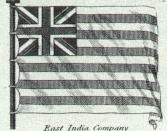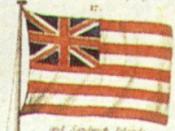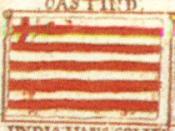Between the fifteenth and eighteenth centuries, European nations flourished. They gained control over a majority of the Western Hemisphere. From 1880 and 1914, Western powers set out to gain power in many places such as Asia, India, Africa, and the Pacific. The western European domination was known as imperialism. The Europeans believe that it was their God-given Europeans, but it ruined the lifestyle and took away freedom for the native Indians.
During the 1700s, a joint-stock company called the British East India Company was chartered by Queen Elizabeth I of England. The company's main objective was to make a profit for shareholders by exploiting the abundant natural resources and gaining access to the markets in India.
To do this, the British East India Company successfully used "divide and conquer" tactics to increase their control over entire regions of the Indian subcontinent. This strategy entailed fanning the flames of religious division between native Muslim and Hindu groups, and taking advantage of the political rivalries that existed between local native rulers.
By the 1830s, the British government had taken over control of the East India Company. Under British rule, native customs such as sati, the ritual suicide of a wife after her husband's death, were banned. The British built schools and railroads, and missionaries spread Christianity.
By 1857 the British army in India included a large number of Indian soldiers, or Sepoys. The rifle cartridges that were distributed to the Sepoys had to be bitten to remove a cover before being inserted into a gun. Rumors circulated among the Sepoys that this cover had been greased with beef and pork fat. This angered Muslim Sepoys who were not supposed to consume pork, and the Hindu Sepoys who were not supposed to eat beef. Thus, the Sepoys revolted against the British army,



Brittish imperialsm in india
quite good, yet over generalises the argument that it ties to get across. needs work in relation to a more fair and logical of arguing the point.
8 out of 8 people found this comment useful.